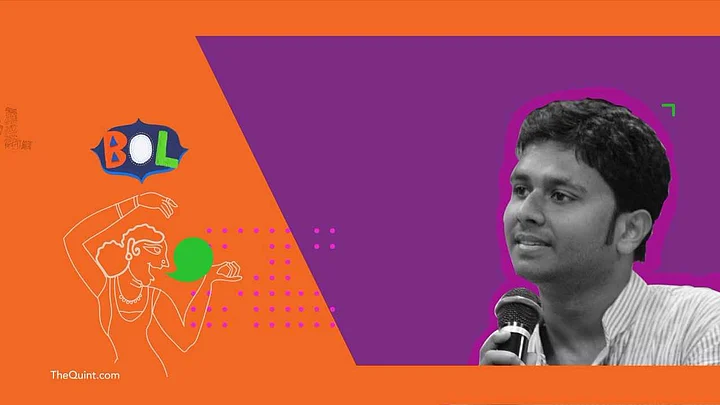Many might not know the fact that there exists 23 Indian language Wikipedias and the Odia Wikipedia is the oldest. This year on 3 June, it turned 15.
Back in early 2011, I got connected with Asutosh Kar, who was trying to reach out to a few Odia language speakers to build a community for the Odia Wikipedia – a project that was dormant for over nine years. The two grew into four, and over years, into a 40-member community – we are currently building the largest public encyclopaedia in Odia.
Odia Wikipedia has more than 12,700 articles in diverse topics with a focus on the Odia people, language and its culture. Recently, the community also got recognised by the Wikimedia Affiliation Committee, a body that regulates the affiliate structure of the Wikipedia and other Wikimedia communities across the world.
The Odia Wikimedians User Group aims at taking its work forward – building digital resources in the language and making Odia a more digitally accessible language, rather just a language of literature.
Odia, as a language, might have celebrated the glory of being one of the three oldest classical languages of India – the other two being Sanskrit and Tamil. But the online scenario has been gloomy for years. Odia is still not a part of the nine languages that appear on the Google main page even though it is available separately.
It’s not important how old your language is, but how well it is used in all mediums. Most of the information provided by the Odisha government is not available in Odia. Their major publications like the Odia journal Utkal Prasanga is not yet searchable on the internet. The reason is that a converter that helps convert text typed in legacy encoding system into Unicode is outdated.
Similarly, a large section of newspapers, magazines and book publications do not share their content online in Unicode. This situation was even worse until the Odia Wikimedia community built an Odia encoding converter to convert text typed in most of the legacy encoding systems into Unicode. It was a social phenomenon when Facebook got flooded with posts within a few weeks after the converter went live. What also helped was the emergence of many mobile apps.
Languages do not grow because of their glorious past and literary heritage. The legacy certainly did not play a role for the Odia language. What worked was the digital tools that took the language to the people. It also broke barriers for those who were sceptical of the online community. People have started using tools like social media and blogs to share their stories with the rest of the world.
But that’s not enough. Of the 780 languages spoken in India, more than 220 died in the last 50 years. A total of 197 Indian languages are on the verge of being perished if they are not preserved. However, in a world that is breathing Virtual and Augmented Reality, Deep Learning and Artificial Intelligence, imagining the growth of languages with just print publication might be far from reality.
There is an issue of authenticity in crowdsourced content when published online. But you must understand that it is an extremely fast, easy and democratic way to engage a larger section of people to document knowledge. Wikipedia has succeeded in reviving many languages only because of its curated content-crowdsourcing model. Also at times, it is expensive to establish conventional print/electronic media for marginalised languages. That’s when a lot of free apps and social media come handy. It’s a great tool to take content to millions without spending a penny.
(We all love to express ourselves, but how often do we do it in our mother tongue? Here's your chance! This Independence Day, khul ke bol with BOL – Love your Bhasha. Sing, write, perform, spew poetry – whatever you like – in your mother tongue. Send us your BOL at bol@thequint.com or WhatsApp it to 9910181818.)
(At The Quint, we question everything. Play an active role in shaping our journalism by becoming a member today.)
